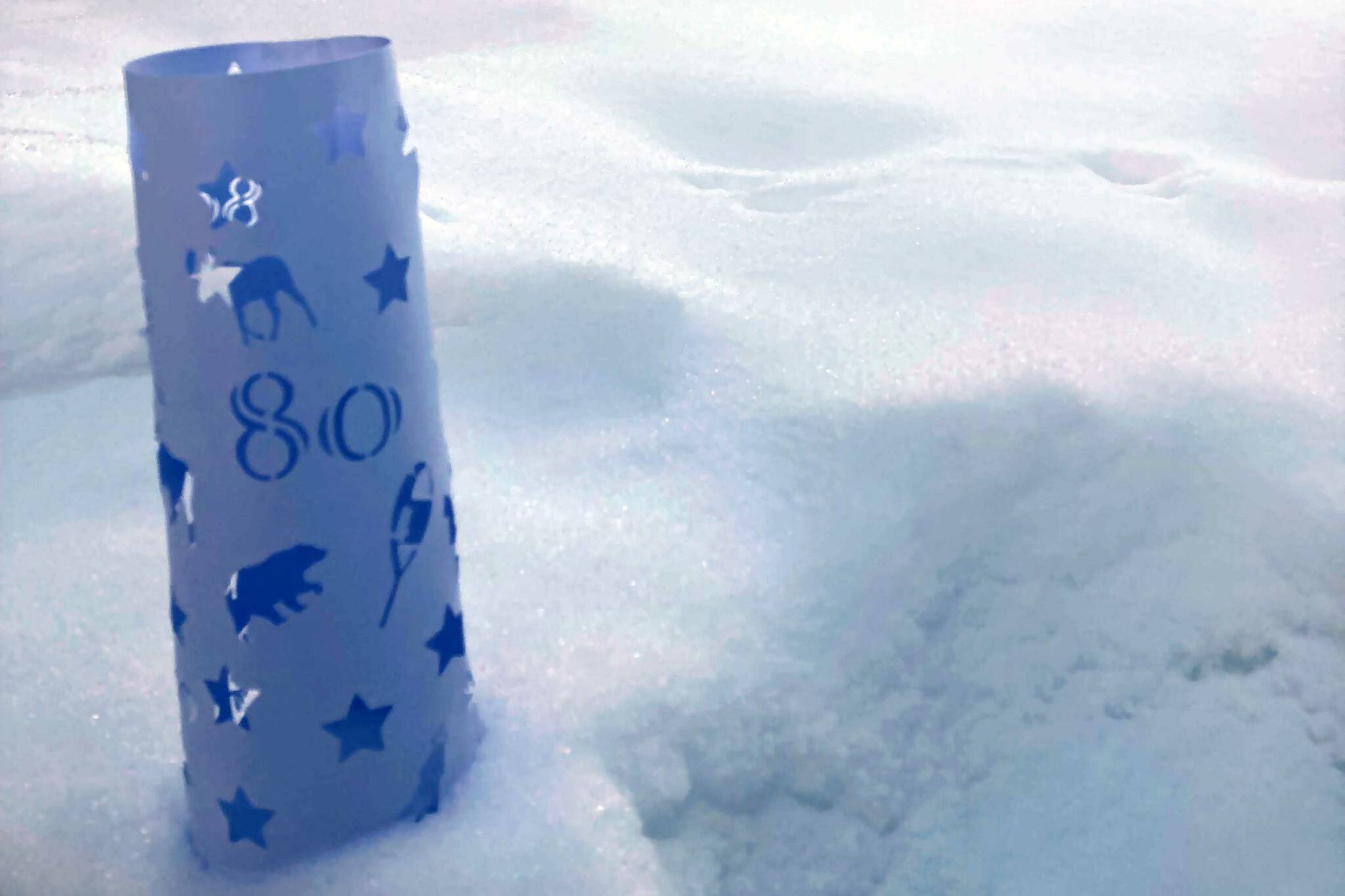On the Kenai National Wildlife Refuge, I am flying a remote sensing mission where ecologist Mark Laker and I are testing a new infrared camera mounted to the bottom of a Super Cub.
We are using this new thermal camera to detect and map changing environmental conditions by capturing thermal heat signatures of the Funny and Moose rivers. Detecting temperature changes in these rivers will help us investigate if salmon populations are affected by temperature change.
As I fly between the Moose and Funny rivers, I catch a short break from monitoring the cameras and think back to the early days of aerial photography.
We have come a long a way since those early pioneers braved the skies with camera in hand.
In 1858, the first known aerial photograph was taken from a tethered balloon over France’s countryside, just outside of Paris, by Gaspard-Felix Tournachon, who was also known by his pseudonym “Nadar.”
In 1860, James Wallace Black took the first aerial image in North America over the city of Boston. This is the oldest known aerial photography still in existence. These early pioneers tried everything from balloons to rockets and even kites and pigeons to get their cameras in the skies above to capture images of the earth below.
Wilbur Wright of the famous Wright Brothers, who designed and flew the first airplane in 1903, would also pilot the plane that would take the first aerial photographs from an airplane in 1908.
However, it was not until World War I (1914-1918) that aerial photography really began to be used regularly by the military for reconnaissance missions.
After the war, during the 1920s, aerial photography began being used by companies and institutions outside the military. This application of aerial photography led to the development of new technology in aviation and aerial photography equipment.
In 1920, Sherman Mills Fairchild developed the first successful automatic aerial camera specifically made for use in an airplane. His invention led to a thriving business in aerial photography.
In 1924, Mr. Fairchild developed the first airplane with an enclosed cabin, allowing them to mount one of his Fairchild cameras in a vertical position on the enclosed plane’s floor. This significant achievement in aerial photography allowed photographers to take images of the ground from a vertical view instead of just oblique views usually captured from the side of the aircraft.
He also designed an intervalometer that would allow him to trigger photographs along a predetermined flight line. The advent of this technology was a significant milestone in aerial photography and aided in the development of using aerial photographs for mapping purposes.
The use of these cameras began to see their application in the 1930s during the economic depression. The depression did not just cause a financial crisis in the United States but an environmental one too.
A combination of economic drivers and several years of drought coupled with using marginal farming lands and practices that did not use soil conservation techniques led to the infamous “Dust Bowl.”
During this time, the U.S. Department of Agriculture would lead efforts to use aerial photography for environmental resource surveillance and planning. This information would help the nation better understand the conditions on the ground from an aerial perspective and improve farming and environmental practices.
During this same time, scientists and explorers like Admiral Richard E. Byrd and Bradford Washburn began to use aerial photography in their historic expeditions.
For example, Byrd used aerial photography in his reconnaissance of Antarctica, and Washburn would experiment with aerial photography during his mapping and mountaineering expeditions in Alaska. They both would employ aircraft and cameras made by Fairchild.
As I begin to approach the Moose River and prepare to start the cameras to record thermal imagery of the river, I think of Bradford Washburn and his aerial photography, mapping and mountaineering expeditions in the Far North.
In next week’s article, I will share Bradford Washburn’s contribution to aerial photography and science in Alaska and around the world.
Dave Merz is a seasonal biological science technician on the Kenai National Wildlife Refuge who is part of a team working on using aerial photography and remote sensing to understand changing environmental conditions on the refuge and throughout Alaska.
Find more Refuge Notebook articles (1999–present) at https://www.fws.gov/kenai-refuge-notebook.

